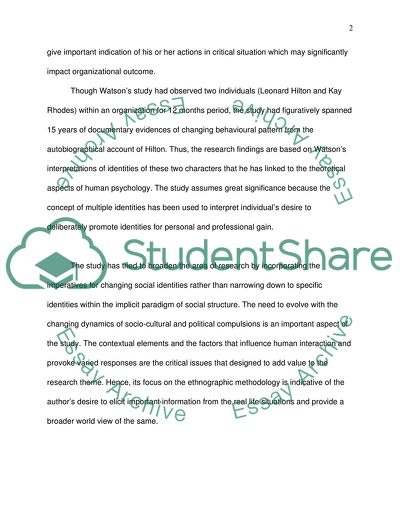Cite this document
(The Concept of Identity within the Working Environment Literature review, n.d.)
The Concept of Identity within the Working Environment Literature review. Retrieved from https://studentshare.org/human-resources/1745795-methodological-approaches
The Concept of Identity within the Working Environment Literature review. Retrieved from https://studentshare.org/human-resources/1745795-methodological-approaches
(The Concept of Identity Within the Working Environment Literature Review)
The Concept of Identity Within the Working Environment Literature Review. https://studentshare.org/human-resources/1745795-methodological-approaches.
The Concept of Identity Within the Working Environment Literature Review. https://studentshare.org/human-resources/1745795-methodological-approaches.
“The Concept of Identity Within the Working Environment Literature Review”. https://studentshare.org/human-resources/1745795-methodological-approaches.


